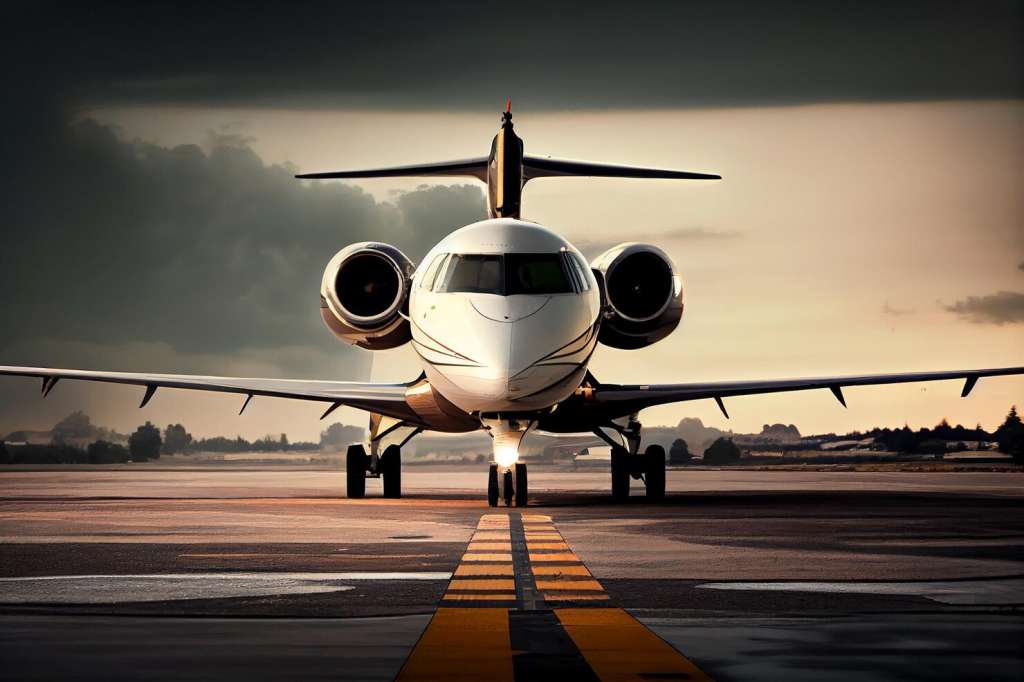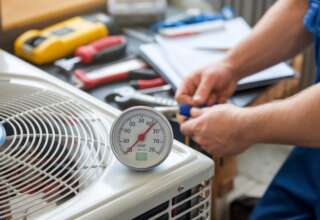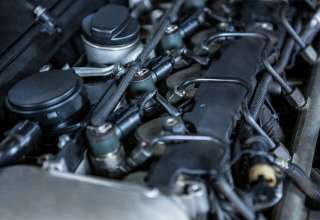Aircraft are marvels of engineering, with each part playing a specific role in providing safe and efficient flights. From the conspicuous wings to the intricate systems hidden within, understanding the function of various aircraft components can provide fascinating insights into the world of aviation. This post takes a closer look at these fascinating components. Learn the mysteries behind what keeps an aircraft in the sky and operating smoothly. Whether you’re an aviation enthusiast or simply curious about how airplanes work, this exploration offers a comprehensive view of the essential elements of aircraft and their uses.
The Engine: The Heart of the Aircraft:
The engine is the powerhouse of an aircraft, responsible for propelling it through the air. Jet engines, commonly found in commercial airliners, work by drawing in air, compressing it, mixing it with fuel, and igniting it. The resulting explosion propels the aircraft forward. The engine’s role is not only to provide thrust but also to power other critical systems on the aircraft, such as electrical and hydraulic systems. Regular maintenance and checks are vital to ensure engine reliability and safety, making it one of the most meticulously maintained components of an aircraft.
Wings: More Than Just Lift
Wings are perhaps the most recognized parts of an aircraft and are primarily responsible for lift. However, their role extends beyond just keeping the aircraft airborne. They also house fuel tanks and contain important control surfaces like flaps and ailerons, which help in maneuvering the aircraft. The design of the wings, including their shape and size, is tailored to the aircraft’s specific needs, whether for long-range travel, speed, or carrying heavy loads. The wings’ intricate design balances aerodynamics with structural strength to withstand various flight conditions.
The Tail Section: Stability and Control
The tail section of an aircraft, consisting of the vertical and horizontal stabilizers, plays a pivotal role in its stability and control. The vertical stabilizer, or tail fin, helps maintain the aircraft’s direction. The horizontal stabilizer controls its pitch. Attached to these stabilizers are the rudder and elevators, which are crucial for steering and maintaining the desired flight path. The tail section’s design and functionality are key to preventing uncontrolled movements for smooth and directed flight.
Landing Gear: The Unsung Hero
The landing gear, comprising wheels, tires, and struts, is the hero of takeoff and landing. This complex system includes shock absorbers and braking mechanisms designed to withstand the considerable weight and stress of landing. The landing gear is retractable in most aircraft to maintain aerodynamic efficiency during flight. Its robust construction is essential for safe landings, and like other aircraft components, it requires regular checks and maintenance to ensure its reliability and performance. Additionally, the landing gear is equipped with systems to ensure a safe touchdown even under challenging emergency landings.
Lights: Ensuring Visibility and Safety
Aircraft lights play a vital role in visibility and safety, both in the air and on the ground. Navigation lights help pilots determine the direction of other aircraft during night or low-visibility conditions. Landing lights illuminate the runway during takeoff and landing. Strobe lights and beacon lights are used to enhance visibility to other aircraft and ground personnel, while interior lighting ensures passenger comfort and safety. The proper functioning of these lights is crucial, especially during night operations or in adverse weather conditions.
The Cockpit: The Nerve Center
The cockpit is where pilots control the aircraft. It houses an array of instruments and controls. For instance, it holds the flight control system, navigation systems, and communication equipment. Modern cockpits are equipped with sophisticated avionics and electronic displays, providing pilots with real-time data about the aircraft’s performance and environmental conditions. The design and layout of the cockpit are focused on ergonomics and efficiency, enabling pilots to make quick, informed decisions during flight.
Conclusion
The complexity and functionality of aircraft components are what make modern aviation possible. From the engine that powers the aircraft to the lights that ensure its visibility, each part serves a specific and crucial purpose. Understanding these components provides a deeper appreciation of the technology and expertise behind safe and efficient air travel. Next time you board an aircraft, you’ll have a better understanding of the intricate dance of engineering that takes place with each flight. Enjoy the incredible journey in the sky.
Read More: What Are the Different Kinds of Airplane Lease Agreements











